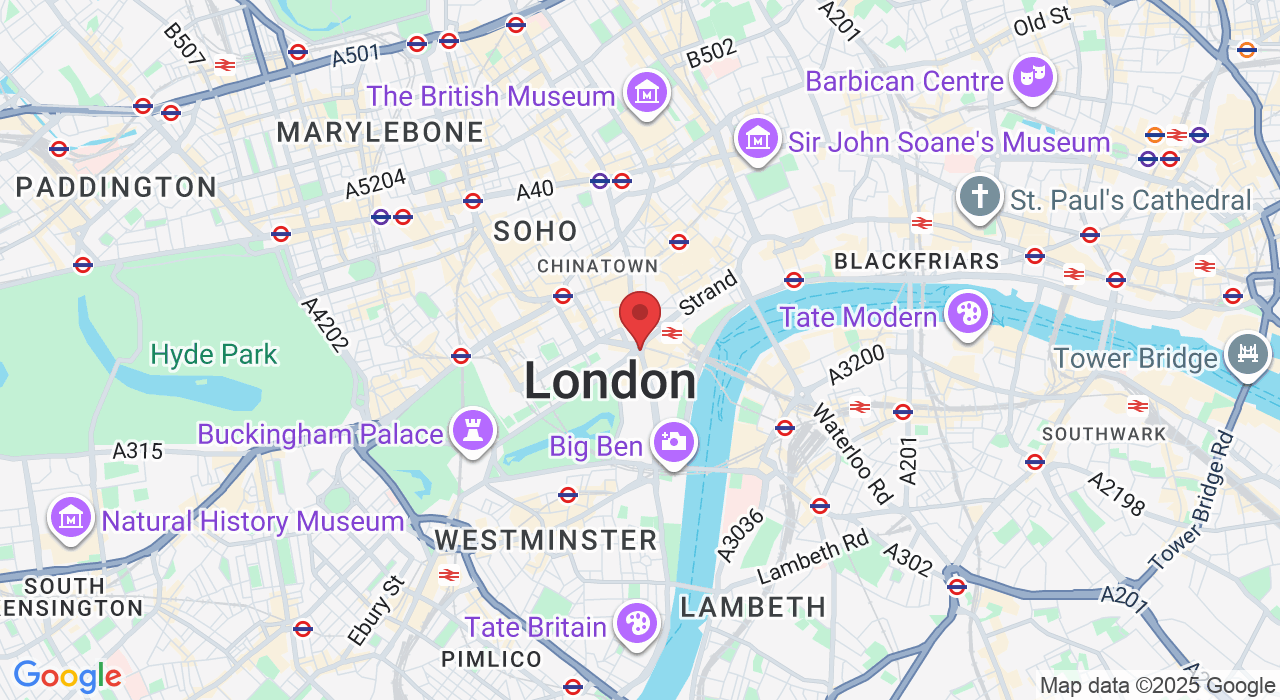First Time Clients Receive £15 Off
Services
Sports Massage
Sports massage is designed specifically for active individuals who want to perform at their best. Whether you’re training, competing, or recovering, this treatment targets the muscles you use most. By increasing circulation, releasing tightness, and improving range of motion, sports massage helps prevent injury, speed up recovery, and support peak performance. It’s ideal for athletes of all levels, from weekend warriors to professionals, and can be tailored to your sport or activity.
Deep Tissue Massage
Deep tissue massage goes beyond the surface to work on the deeper layers of muscle and connective tissue. Using firm, focused pressure and slow strokes, this treatment is highly effective for breaking down adhesions, relieving chronic tension, and addressing stubborn knots that limit movement. Athletes often use deep tissue massage to manage long-standing tightness, recover from intense training, or support overall mobility. It’s a powerful way to release stress that builds up deep within the body.
Trigger Point Therapy
Trigger points, often called “knots,” are areas of muscle fibers that become overactive and painful. They can cause discomfort locally or even refer pain to other parts of the body. Trigger point therapy applies precise, sustained pressure to these spots, helping to release tension, reduce pain, and restore normal function. This focused approach is especially helpful for athletes dealing with repetitive strain or limited movement caused by muscle imbalances, supporting both recovery and long-term performance.
Myofascial Release
The fascia is a web of connective tissue that surrounds and supports your muscles. When it becomes tight or restricted, it can limit mobility and cause pain. Myofascial release uses gentle, sustained pressure to stretch and loosen these restrictions, helping to restore flexibility and improve movement. Unlike fast or flowing massage techniques, this approach is slower and more intentional, giving the body time to release tension. It’s especially beneficial for athletes recovering from injuries or chronic tightness.
Assisted Stretching & Mobility
Sometimes, your body needs more than passive recovery—it needs active support. Assisted stretching allows a therapist to gently guide your muscles through a greater range of motion than you can achieve on your own. This improves flexibility, reduces stiffness, and enhances overall mobility. When combined with massage, assisted stretching helps release stored tension and prepares the body for training. Athletes use this service to maintain performance, reduce injury risk, and stay limber throughout their routines.
Injury Rehabilitation Support
Recovering from an injury requires more than rest—it demands focused care to help the body heal properly. Injury rehabilitation support combines massage therapy with targeted recovery techniques to reduce inflammation, improve circulation, and restore strength. This approach can ease pain, accelerate healing, and address compensations that develop during recovery. Whether you’re dealing with a sprain, strain, or repetitive stress condition, these sessions are tailored to your stage of healing and support your safe return to activity.
TESTIMONIALS
"The massage was incredible! My back pain vanished, and I felt deeply relaxed. The personalized approach made it special. Highly recommend!"
Sarah T
"Such an amazing experience! The session eased my stress perfectly. Professional and caring, with a soothing touch—I'll be back!"
James R
"It transformed my day! The massage relieved my tight shoulders. The calm atmosphere and expertise were unforgettable. Can't wait to return!"
Emily K
FREQUENTLY ASKED QUESTIONS
Will a massage help me?
Massage can provide many benefits, including pain relief, stress reduction, improved mobility, and relaxation. Every session is tailored to your specific needs and goals.
Will a massage hurt?
Massage should not be painful. Some techniques may cause mild discomfort when working through tight areas, but I always adjust pressure to keep you comfortable.
What should I know before my appointment?
Arrive a few minutes early, drink water beforehand, and communicate any health concerns, injuries, or goals so I can design the best session for you.
What type of massage should I get?
It depends on your goals. Swedish massage is great for relaxation, while deep tissue focuses on problem areas. I can recommend the best approach for you.
How long does a session last?
Sessions typically range from 30 to 90 minutes, depending on your needs. Longer sessions allow for deeper focus and more complete relaxation.
Do I need to take my clothes off?
Massage can be done with or without clothing, depending on your comfort level. You’ll always be draped appropriately, and your privacy and comfort are respected.
Should I talk with my therapist during the massage?
It’s entirely up to you. Some people like to chat, while others prefer quiet relaxation. I’ll always check in about pressure and comfort.
How often should I receive massage?
Frequency varies by person. Some benefit from weekly sessions for chronic issues, while others choose monthly visits for general wellness and stress relief.
When should I avoid massage?
Massage isn’t recommended if you have a fever, contagious illness, open wounds, or certain medical conditions. Always consult your doctor if you’re unsure.
Can I request specific areas of focus?
Absolutely. Every massage is customized, so let me know if you’d like more attention on a particular area, such as your shoulders, back, or legs.


